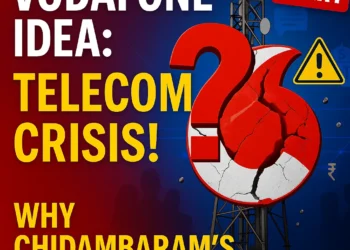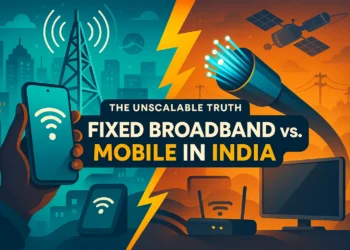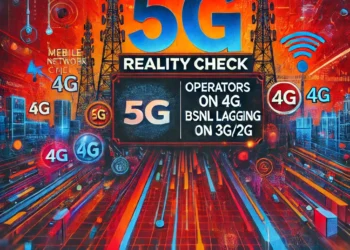Yesterday, RJIO launched it new 4G phone called JIO Phone. The purpose of this note is to measure the value it brings to RJIO in terms of net revenue, market share (RMS) and the associated risks. While doing so I will keep my focus on the basic tariff plan of Rs 153/month, which offers unlimited voice and data. To the consumer, the phone is virtually free, as he will get the security deposit (Rs 1500/-) back after 3 years after returning the used phone back to the operator.
Evaluation Strategy
The evaluation strategy is to translate all future cash flows to present value (PV) using a discounting factor, let’s say 8%. But in order to proceed further, we also need to make some more assumptions, i.e. the cost of the JIO phone and the call flow pattern of the user. The call flow pattern is defined as the ratio of incoming (call from other operator’s network to RJIO) vs outgoing (call from RJIO’s network to other operators). The call flow pattern will enable us to measure the impact of IUC (interconnect usage charges), which is currently set at 14 paise/minute by the TRAI – which an operator has to pay to its counterparts for carrying its outgoing calls (terminating into their networks), and it gets to collect it from them for carrying their incoming calls (terminating into its network). For a detailed understanding on IUC, you can read my earlier note – “Analysis of TRAI’s IUC consultation“.






